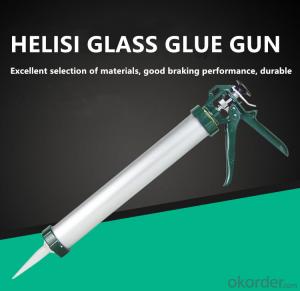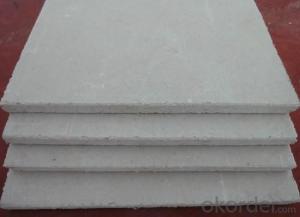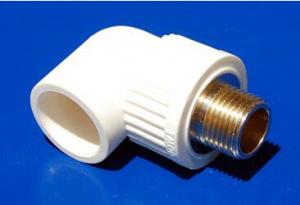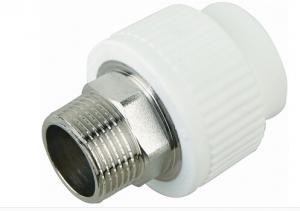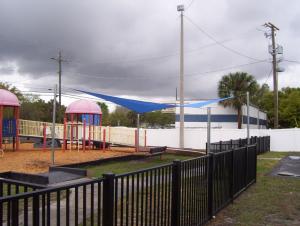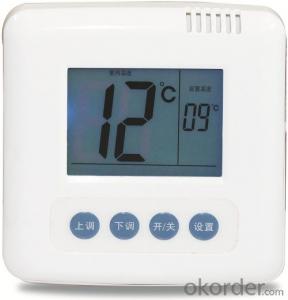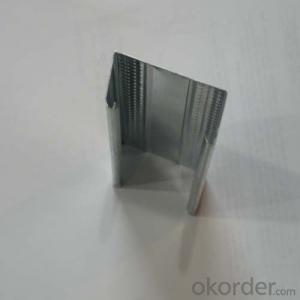Shade For Solar Inverter
Shade For Solar Inverter Related Searches
Best Paint For Stainless Steel Blanket Insulation For Steel Buildings Primer For Galvanized Steel Foam Filter For Stainless Steel H S Code For Stainless Steel Surface Grinding Wheels For Stainless Steel Surface Grinding Wheels For Hardened Steel Hole Saw For Stainless Steel Paint For Stainless Steel Stainless Steel For BbqHot Searches
Steel Mesh Panels For Sale Price For Stainless Steel Scrap Scrap Price For Stainless Steel Price For Stainless Steel Stainless Steel Plate For Sale Stainless Steel Tank For Sale Stainless Steel Sheets For Sale Cheap High Tea Sets For Sale Stainless Steel Tanks For Sale Stainless Steel For Sale High Density Fiberboard For Sale Solar Hot Water Collectors For Sale Scaffolding For Sale In Uae Scaffolding For Sale In Ireland Scaffolding For Sale In Houston Type Of Inverter For Solar Price Of Shipping Containers For Sale Types Of Inverter For Solar Stock Price For Aluminum Steel Mesh Panels For SaleShade For Solar Inverter Supplier & Manufacturer from China
Okorder.com is a professional Shade For Solar Inverter supplier & manufacturer, offers integrated one-stop services including real-time quoting and online cargo tracking. We are funded by CNBM Group, a Fortune 500 enterprise and the largest Shade For Solar Inverter firm in China.Hot Products
FAQ
- Shading can significantly affect the performance of a solar inverter. When certain parts of a solar panel are shaded, the overall power output of the system decreases. This is because shaded cells create resistive losses, reducing the current flow and overall efficiency of the inverter. Additionally, shading can cause a phenomenon known as the "partial shading effect," where the entire string of panels is affected even if only a small portion is shaded. To mitigate these issues, technologies like bypass diodes are used in solar panels to minimize the impact of shading and ensure optimal performance of the inverter.
- Yes, a solar inverter typically requires a separate grounding system. This is because the solar panels generate direct current (DC) electricity, which needs to be converted into alternating current (AC) electricity by the inverter. The AC electricity is then fed into the electrical grid or used within the building. Grounding is an essential safety measure to protect against electrical faults and ensure proper functioning of the system. In a solar power system, the grounding system provides a path for electrical current to safely flow to the ground in the event of a fault, such as a short circuit or lightning strike. A separate grounding system for the solar inverter is necessary to prevent electrical shock hazards and to comply with electrical safety codes and standards. It helps to protect the equipment, the building, and the people using or working on the system. The specific grounding requirements for a solar inverter may vary based on local electrical codes and regulations. It is important to consult with a qualified electrician or solar installer to ensure that the grounding system is correctly designed and installed for optimal safety and performance.
- The role of a solar inverter in a solar-powered water purification system is to convert the direct current (DC) generated by the solar panels into alternating current (AC) that can be used to power the water purification system. It also ensures the optimal utilization of solar energy by regulating the voltage and frequency of the electricity produced, making it compatible with the requirements of the water purification system.
- The lifespan of a warranty on a solar inverter can vary depending on the manufacturer and model. Generally, most warranties for solar inverters range from 5 to 10 years.
- The role of an MPPT (Maximum Power Point Tracking) inverter is to optimize the conversion of solar energy into usable electricity. It constantly tracks and adjusts the operating point of the solar panels to ensure that they are always operating at their maximum power point, which maximizes the efficiency and output of the solar system.
- A solar inverter handles power surges or fluctuations by regulating the flow of electricity. It monitors the incoming power and adjusts the voltage and frequency to match the requirements of the connected devices. In case of power surges, the inverter has built-in protection mechanisms such as surge suppressors or voltage regulators to prevent any damage to the system. Additionally, some inverters feature advanced technologies like Maximum Power Point Tracking (MPPT) that optimize the solar panel's performance and enable better handling of fluctuations in power output.
- A solar inverter handles grid faults or disturbances by quickly detecting any changes in the grid voltage or frequency. When a fault or disturbance occurs, the inverter's protective features activate, causing it to disconnect from the grid momentarily. Once the fault or disturbance is resolved, the inverter automatically reconnects to the grid and resumes normal operation. This ensures the safety of the solar system and prevents any damage to the inverter or the grid.

















